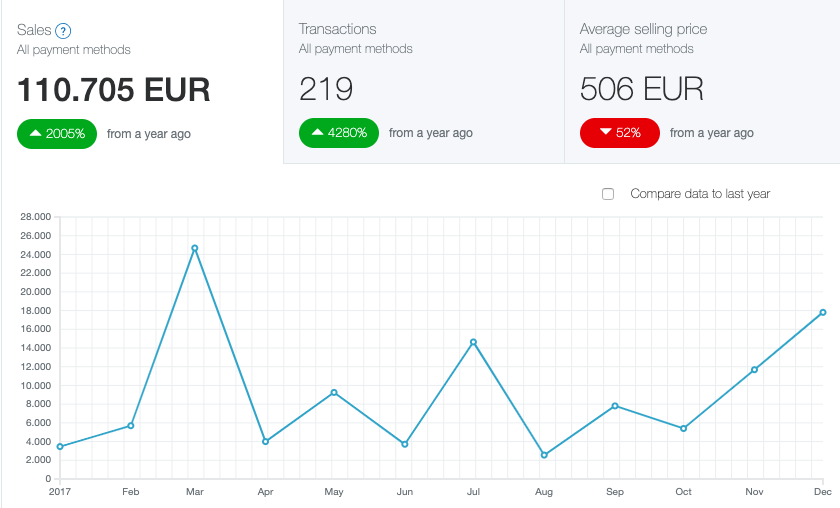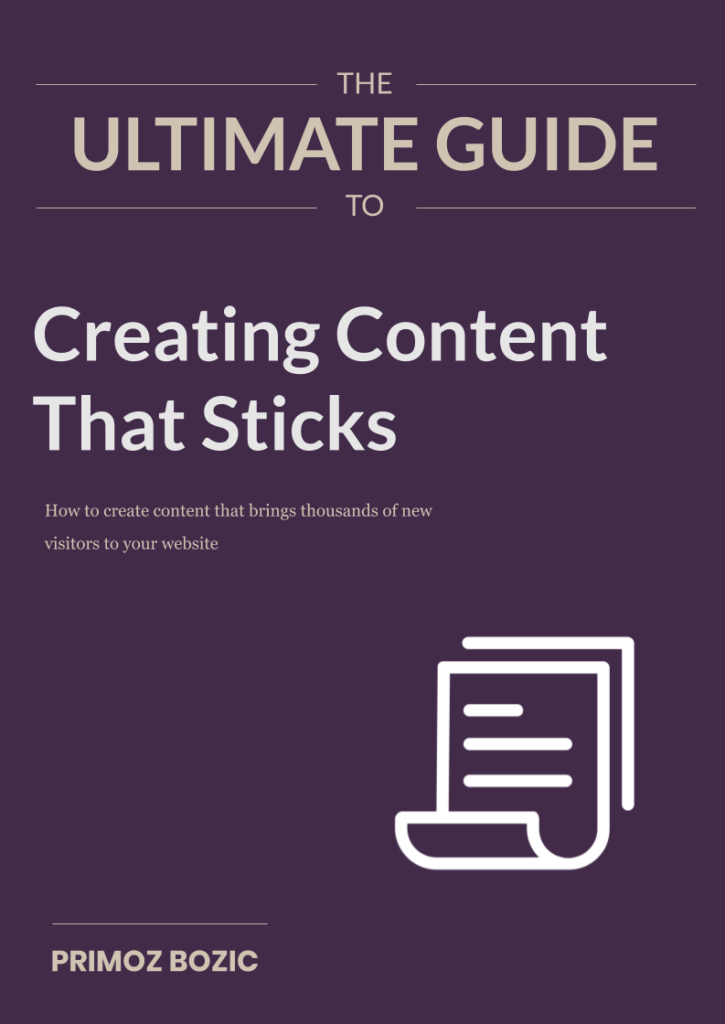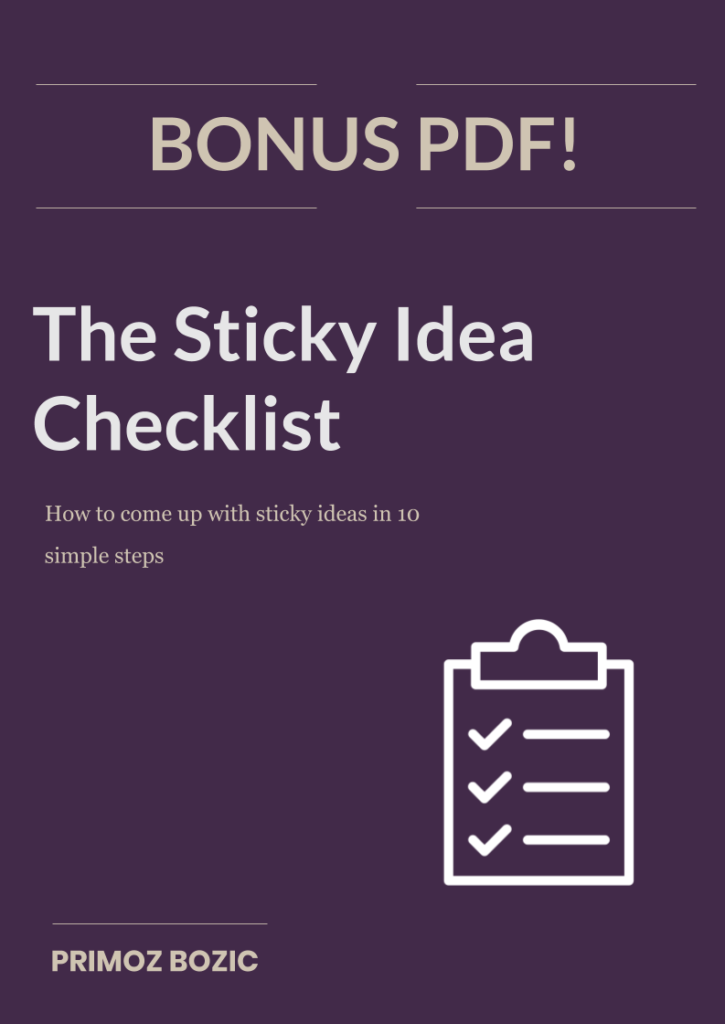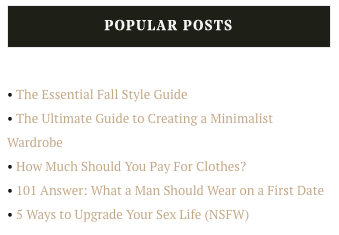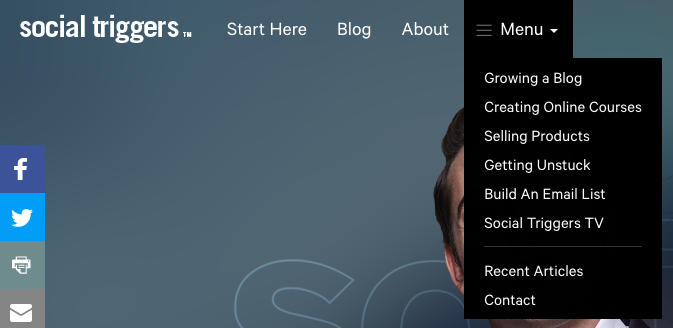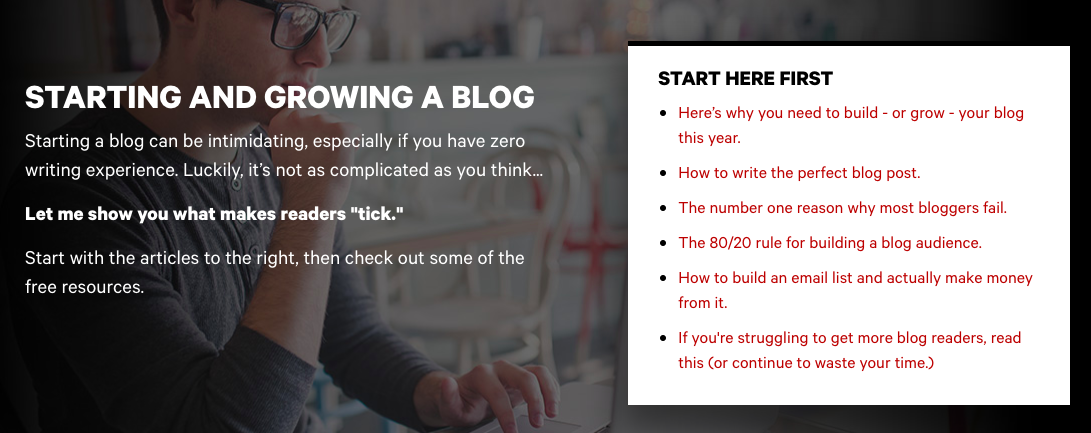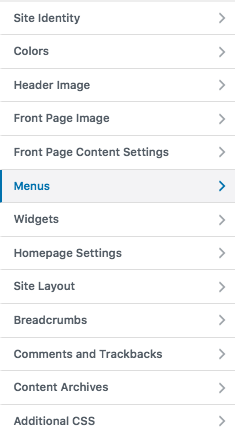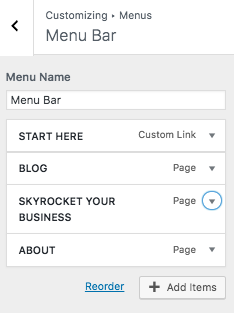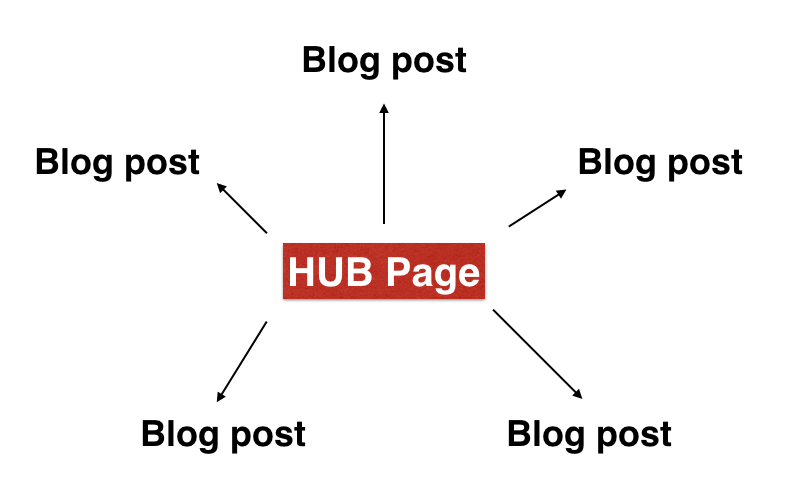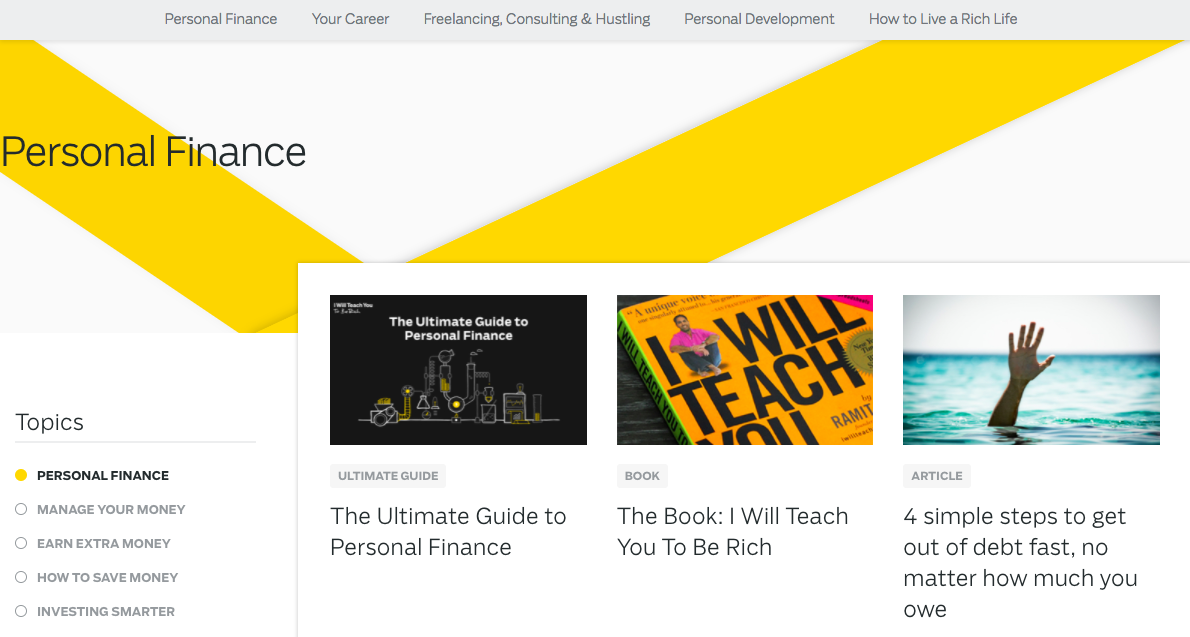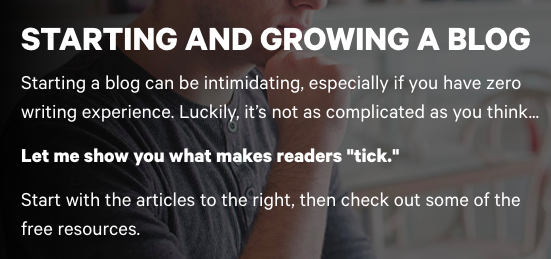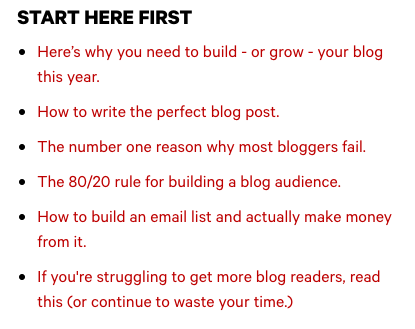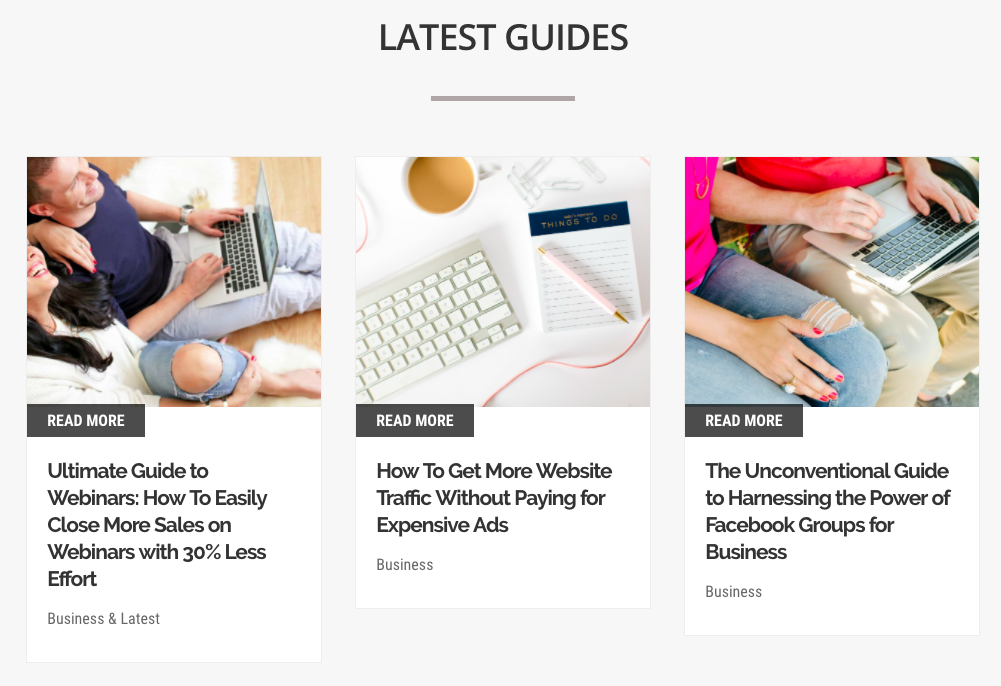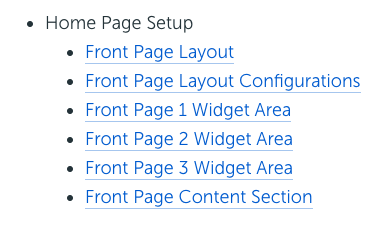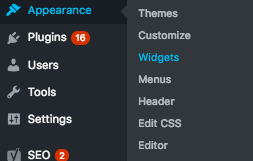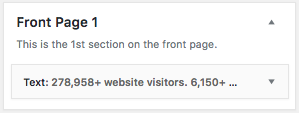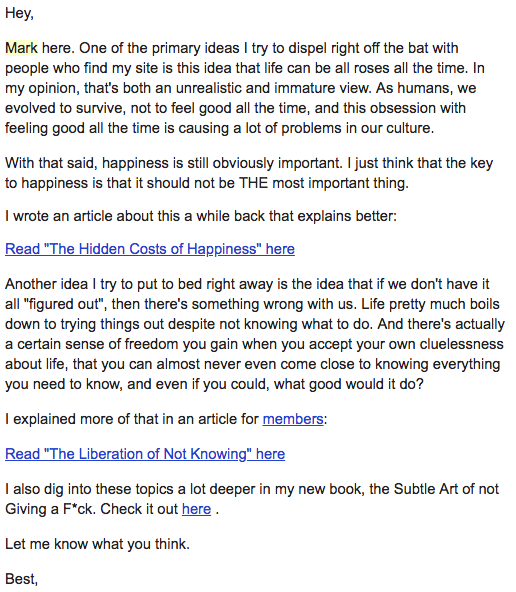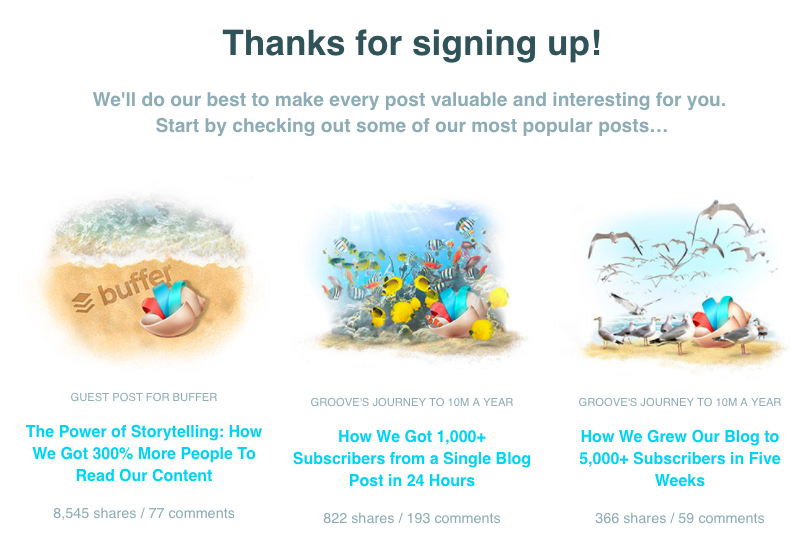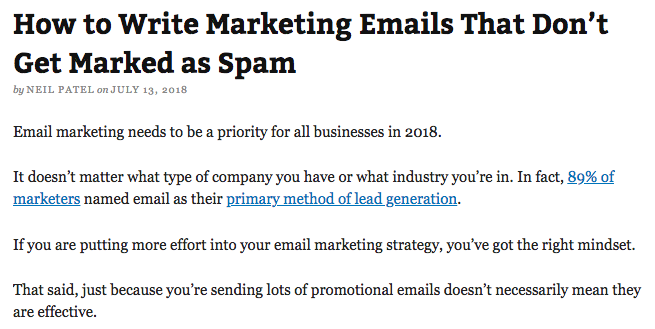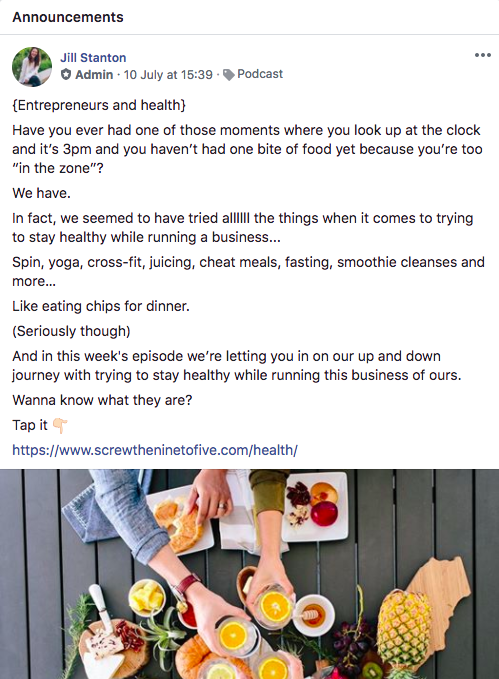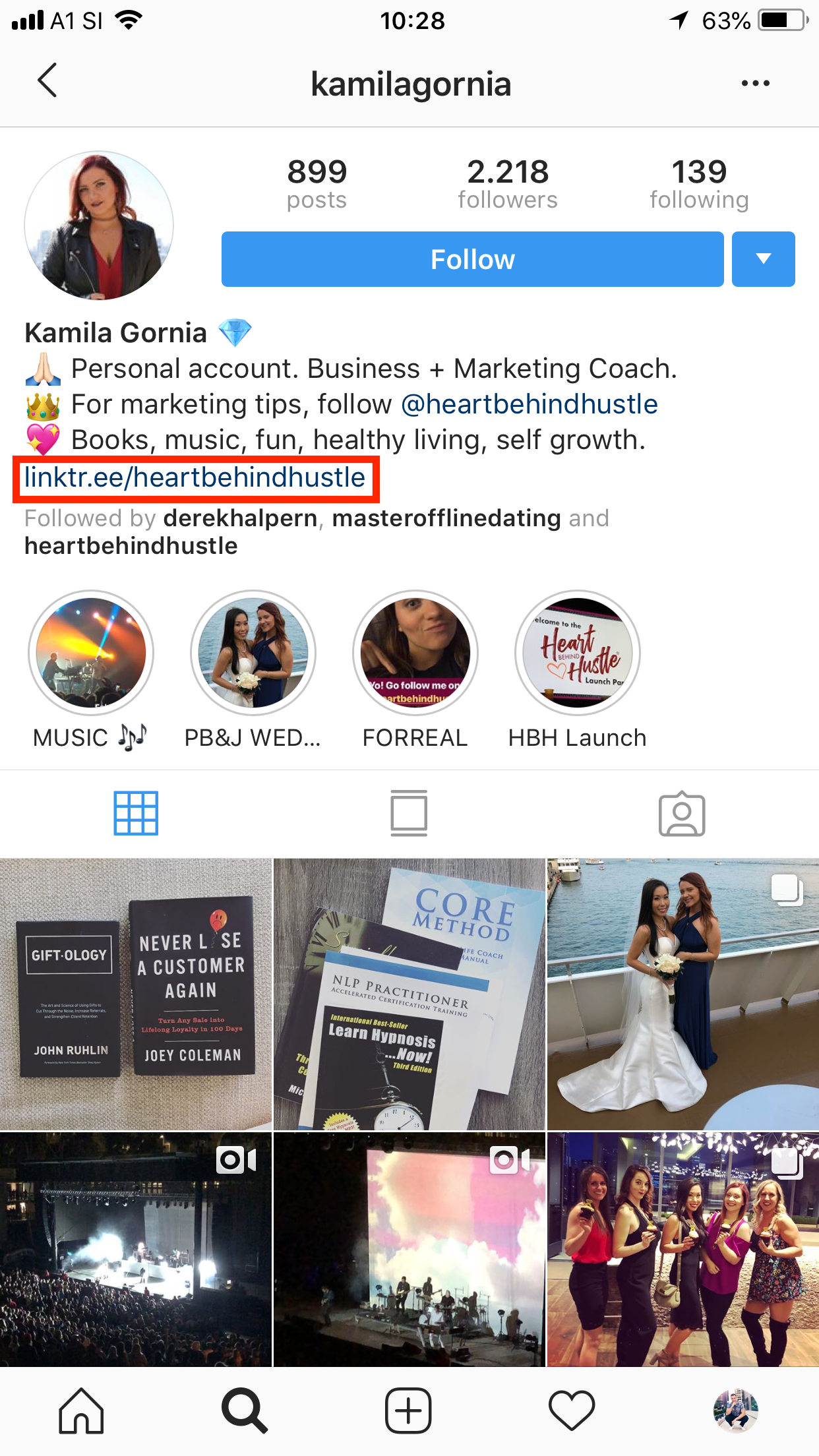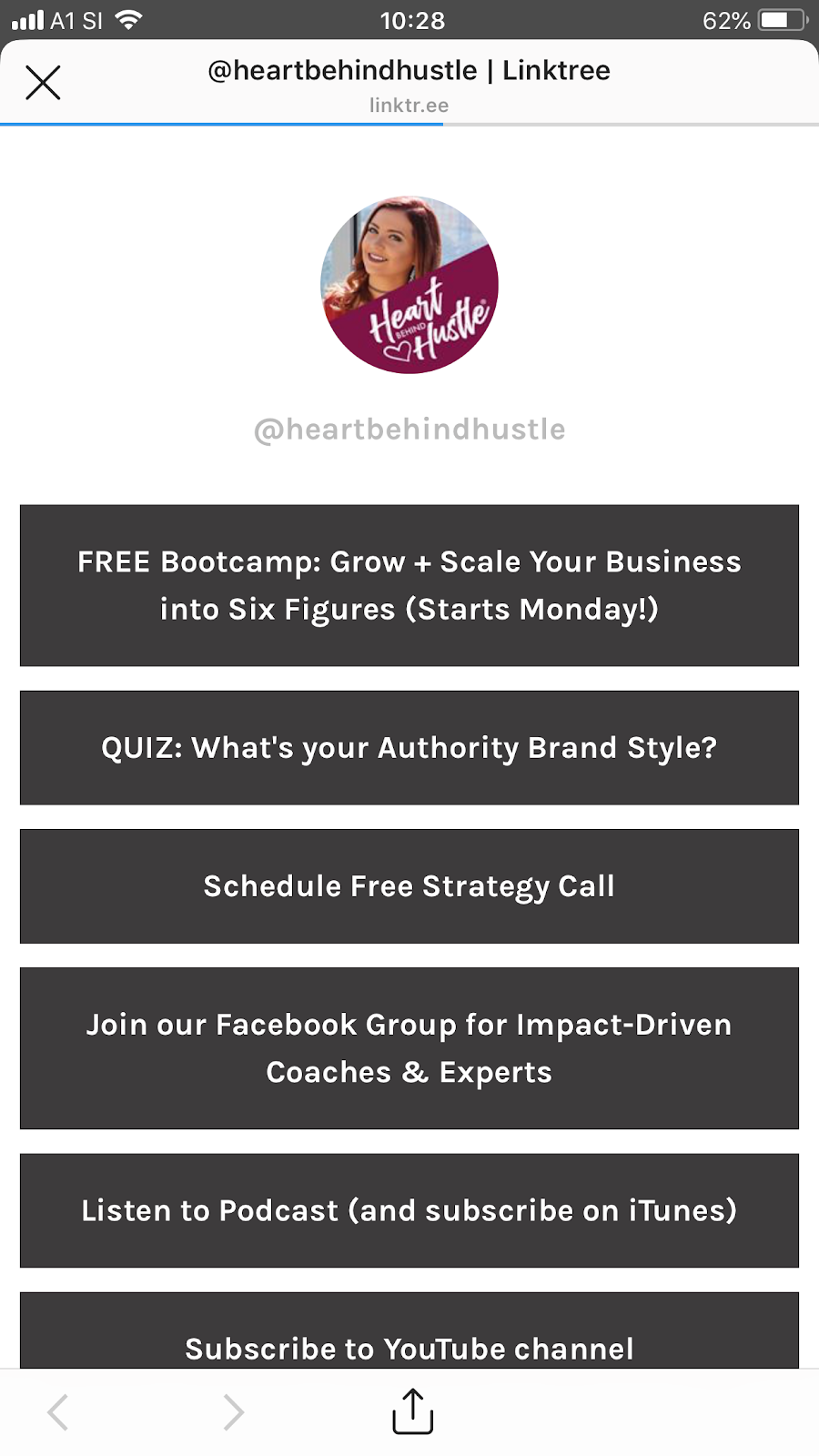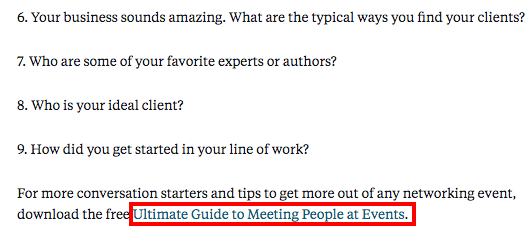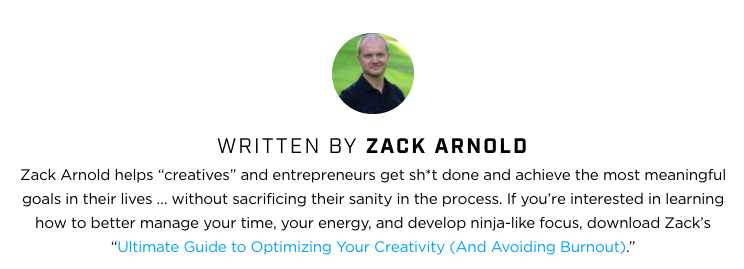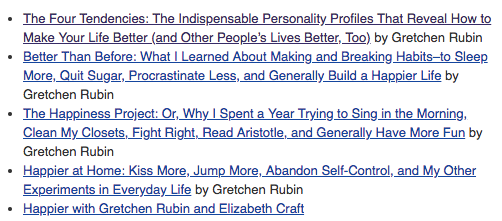Finding a profitable online business idea is the most important part of starting your online business.
It’s also the hardest part.
And it’s also the part that many marketing gurus skimp on and make it seem way too easy, without actually giving you solid frameworks to come up with your own profitable business ideas.
That’s why I constantly get a ton of questions from my readers about this topic, even though many of you have gone through $2,000+ online courses that promised to help you find your own profitable business idea but didn’t deliver.
I constantly get questions like:
- “How do I choose my target audience and reach out to them?”
- “How do I choose the right business idea to pursue?”
- “How can I get my first paying clients for my idea?”
Having coached hundreds of entrepreneurs on starting and growing their online businesses, I feel like I have a pretty good understanding on what it actually takes to come up with a great business idea, and the reality is much different than what most gurus teach.
Today, I decided to share my thoughts on the topic with you, and walk you through the process step by step. I’m doing that because I believe that this information should be publicly available, not hidden behind another $2,000 online course.
That’s why I recorded my 65-Minute Business Idea Masterclass, which you can watch for free here:
In the masterclass, you’ll learn:
- The #1 thing you have to get right when coming up with your business idea
- Specific, proven strategies you can use to come up with great ideas
- Analysis of 13 profitable business ideas (and why they work)
- Answers to your biggest questions about business ideas, like “what do I do if I have too many ideas?”
Once you watch it, please let me know how in the comments below how you enjoyed it, and if you’d like to see me record more of these in the future.
I had a ton of fun recording this video, and I want to record more of these in the future if you guys like them, about every online business-related topic under the sun – so let me know what you think!
